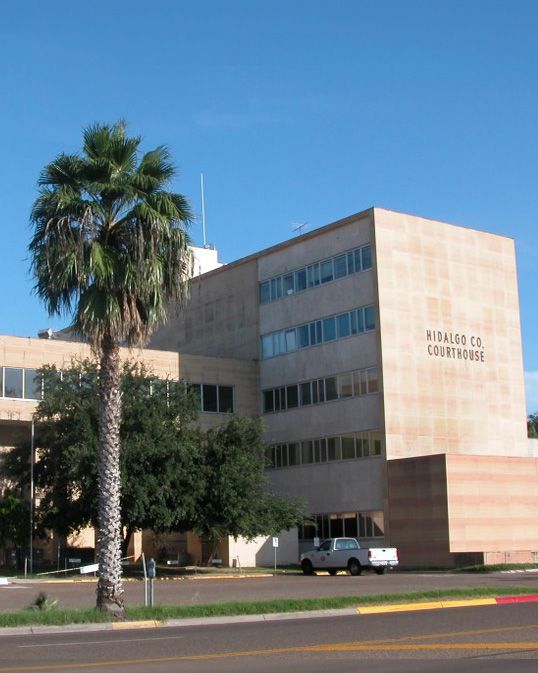How Can I Prove a Driver Was Texting?
LAW BLOG •
Distracted driving plays a role in many Texas car accidents. Because the state prohibits texting and driving, cell phone use often constitutes negligence under Texas law. Victims of negligence may gain compensation for their injuries, pain, and suffering following a Houston car accident, but successfully winning a claim requires proving the other driver committed negligence. Fortunately, there are several tactics your personal injury attorney can use to determine if an at-fault driver was texting during the time of a crash.
The Dangers of Texting and Driving
According to the CTIA Wireless Association, Americans send around 170 billion text messages each month. We use our cell phones while working, playing, even during our commute. Unfortunately, many people text and drive, despite the fact that it’s illegal in nearly every state. The National Highway Traffic Safety Administration estimates that 660,000 drivers engage in cell phone use behind the wheel, which poses extra danger to other drivers and passengers on the road.
Another recent study from the Virginia Tech Transportation Institute determined that texting and driving creates a 23-fold increase in crash risk compared to drivers who do not use cell phones while operating a motor vehicle. Since sending a text message takes an average of 5 seconds, a car may travel 100 yards without the driver looking at the road. Such actions create an incredible hazard for all nearby drivers, passengers, and pedestrians. Proving that a driver was texting and driving at the time of a crash, however, requires a specialized process.
Check Cell Phone Records
Obtaining an at-fault driver’s cell phone records requires the assistance of an attorney. The civil claims process involves a process called discovery, in which your personal injury attorney will investigate your claims and formally request evidence from the appropriate parties. If a cell phone company or insurance company fails to furnish these records at your attorney’s request, then he or she will file a subpoena to compel the company to turn over the records.
Subpoenas are legally binding requests that require a phone or insurance company to provide the information included in the request. Such information becomes subject to contempt of court charges if you do not follow these requirements. Your attorney will be familiar with the subpoena process and can request this information in an efficient manner.
If you hire a personal injury attorney to handle your car accident claim, this falls under your contingency-fee contract. In other words, your attorney will handle the process of discovery at no charge to you – you won’t owe any attorney’s fees unless your lawyer secures a settlement or court judgment on your behalf.
Review the Police Report
After an accident, the local police will report to the scene and gather as much evidence as possible. This includes photographs of skid marks and damage to both vehicles, eyewitness contact information, statements from all parties involved in the accident, and more. Clues in the police report can indicate the presence of texting or distracted driving.
For example, a witness may attest to the fact that a driver was texting at the time of the crash. If this applies, the witness can provide a statement for the court – called a deposition – that recounts what he or she saw.
Additionally, pictures of skid marks or other forensic evidence could serve as proof of distracted driving. This evidence might suggest decreased reaction time or other signs that a driver’s attention was not on the road at the time of the accident.
To collect a car accident claim, you must prove that the other driver committed negligence. Your attorney can prove cell phone use by using the tactics outlined above.
The post How Can I Prove a Driver Was Texting? appeared first on GES Injury Attorneys.
Every state limits the amount of time you have to file a claim.
Don't Delay.
Contact the Attorneys at Gordon & Elias, LLP Today to preserve your right to a recovery.
Contact Us
We will get back to you as soon as possible.
Please try again later.
100% FREE CASE EVALUATION
Free Consultation • No Fee If No Recovery



